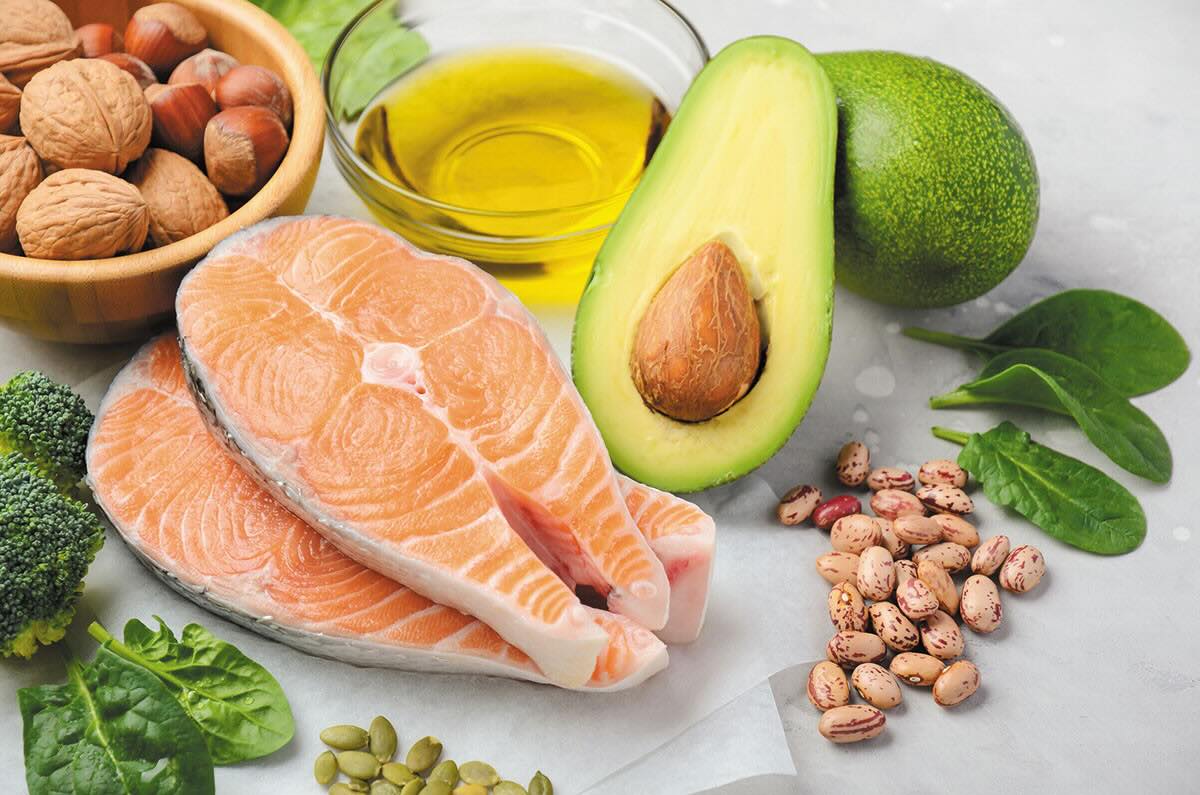
Fat Bear Week is an annual celebration of the brown bears in Katmai National Park, Alaska. These bears bulk up on salmon before hibernation, and the event showcases their impressive transformations. But why should you care about this quirky contest? Fat Bear Week highlights the importance of healthy ecosystems and the role of bears in maintaining them. Plus, it’s a fun way to learn about wildlife and conservation. Participants vote online for their favorite chubby bear, turning it into a global phenomenon. Ready to dive into some fascinating facts about these hefty competitors? Let’s get started!
What is Fat?
Fat is a type of nutrient that is essential for the body. It provides energy, supports cell growth, and protects organs. Let's dive into some fascinating facts about fat.
-
Fat is a Macronutrient: Alongside carbohydrates and proteins, fat is one of the three main macronutrients that our bodies need to function properly.
-
Energy Source: Fat provides more than double the energy per gram compared to carbohydrates and proteins. One gram of fat equals about 9 calories.
-
Essential Fatty Acids: The body cannot produce essential fatty acids like omega-3 and omega-6. These must be obtained through diet.
Types of Fat
Not all fats are created equal. There are different types, each with unique properties and effects on health.
-
Saturated Fat: Found in animal products and some plant oils, saturated fat can raise cholesterol levels if consumed in excess.
-
Unsaturated Fat: This type includes monounsaturated and polyunsaturated fats, which are considered heart-healthy. Sources include olive oil, nuts, and fish.
-
Trans Fat: Often found in processed foods, trans fats are harmful and can increase the risk of heart disease.
Fat in the Body
Fat plays several critical roles in the human body beyond just being an energy reserve.
-
Insulation: Fat helps to keep the body warm by providing insulation.
-
Protection: It cushions and protects vital organs from injury.
-
Vitamin Absorption: Fat aids in the absorption of fat-soluble vitamins like A, D, E, and K.
Fat and Health
Understanding the relationship between fat and health can help make better dietary choices.
-
Cholesterol Levels: Consuming too much saturated and trans fat can raise LDL (bad) cholesterol levels, increasing heart disease risk.
-
Brain Function: The brain is nearly 60% fat. Healthy fats are crucial for brain function and development.
-
Weight Management: While fat is calorie-dense, healthy fats can help with weight management by promoting satiety.
Fat in Food
Fat is present in a variety of foods, some of which might surprise you.
-
Avocados: These fruits are high in monounsaturated fats, which are good for heart health.
-
Dark Chocolate: Contains healthy fats and antioxidants, making it a guilt-free treat in moderation.
-
Eggs: A source of both saturated and unsaturated fats, eggs are nutrient-dense and versatile.
Myths About Fat
There are many misconceptions about fat that need to be clarified.
-
All Fat is Bad: Not true. Healthy fats are essential for overall health.
-
Low-Fat Diets are Best: Low-fat diets can sometimes lead to increased carbohydrate intake, which isn't always healthier.
-
Fat Makes You Fat: Overeating any macronutrient can lead to weight gain. Healthy fats can actually help control appetite.
Fun Facts About Fat
Let's explore some lesser-known, intriguing facts about fat.
-
Brown Fat: Unlike white fat, brown fat burns calories to generate heat and is more common in babies.
-
Fat Cells: The number of fat cells in the body is set during childhood and adolescence. They can shrink or grow but rarely disappear.
-
Fat and Hormones: Fat tissue produces hormones like leptin, which regulates hunger and energy balance.
Fat in History
Fat has played a significant role throughout human history and culture.
-
Ancient Diets: Early humans consumed diets high in fats from animal sources, which were crucial for survival.
-
Cultural Significance: In some cultures, body fat was historically seen as a sign of wealth and prosperity.
-
Cooking Medium: Animal fats like lard and tallow were commonly used for cooking before vegetable oils became popular.
Modern-Day Fat
In today's world, the perception and consumption of fat have evolved.
-
Keto Diet: This high-fat, low-carb diet has gained popularity for its potential weight loss benefits.
-
Fat Substitutes: Products like Olestra have been developed to mimic the texture of fat without the calories.
-
Labeling Laws: Many countries now require trans fats to be listed on food labels due to their health risks.
-
Fat-Free Craze: The 1990s saw a surge in fat-free products, many of which replaced fat with sugar, leading to other health issues.
Final Thoughts on Fat
Fat isn't just about weight gain. It's crucial for energy storage, hormone production, and cell function. Not all fats are bad. Unsaturated fats found in nuts, seeds, and fish can boost heart health. Trans fats and excessive saturated fats, though, can lead to health issues.
Understanding fat types helps make better food choices. Omega-3 fatty acids support brain health, while Omega-6 fatty acids are essential but should be balanced with Omega-3s. Fat also helps absorb vitamins like A, D, E, and K.
Moderation is key. Too little fat can harm your body, just as too much can. Aim for a balanced diet with healthy fats. Remember, fat is a vital part of nutrition, not the enemy. Make informed choices for a healthier lifestyle.
Was this page helpful?
Our commitment to delivering trustworthy and engaging content is at the heart of what we do. Each fact on our site is contributed by real users like you, bringing a wealth of diverse insights and information. To ensure the highest standards of accuracy and reliability, our dedicated editors meticulously review each submission. This process guarantees that the facts we share are not only fascinating but also credible. Trust in our commitment to quality and authenticity as you explore and learn with us.
